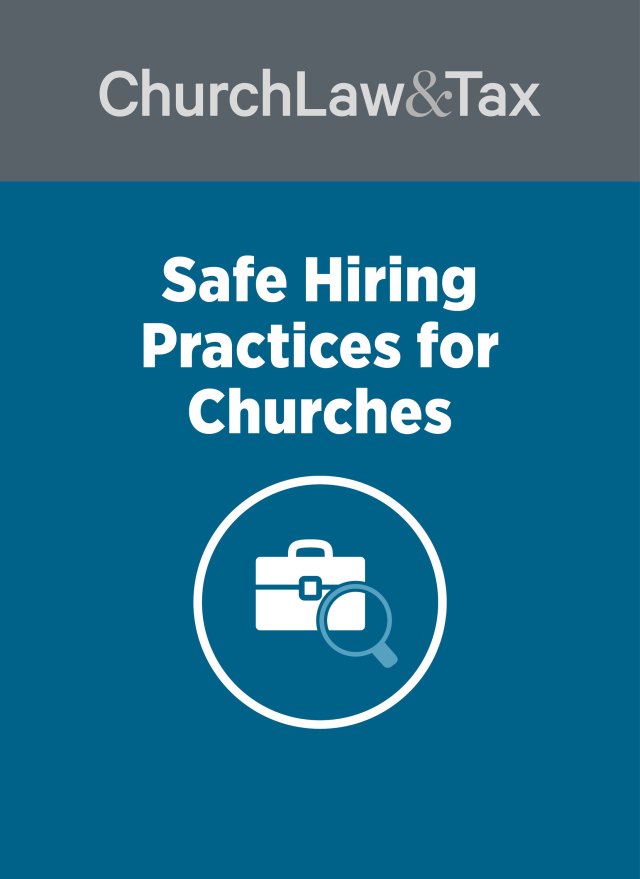Q: When our youth choir (7th-12th graders) goes on tour each summer, they stay with families from the churches we visit. The youth are always placed in groups of two or more, and we have a phone call “code” in case they are ever feeling endangered at the home where they’re staying.
After seven choir tours we have never had any problems with this arrangement, however, I am wondering if I should take more precautions with the host families.
Is it necessary to perform background checks on each of these families? Knowing that it is often a struggle for churches to get members to open up their homes in the first place, what is a reasonable screening expectation for us to request?
A few practical steps
In a perfect world (or I guess a near-perfect world), all host families would be thoroughly screened and confirmed safe for the youth placed in their care. But in the real world, I don’t see how a thorough check would practically be accomplished. Short of requiring full background checks, here are a few potential steps to protect the children and ministry:
- Continue to require multiple youth stay in the same host homes (rule of three).
- Continue to have a procedure for quick removal from homes if the youth feel threatened.
- Have the parents of participating youth complete a permission form, spelling out how the program works and explaining that the youth will be placed with host families.
- Consider asking someone at the host family’s church to sign a form indicating that the church is unaware of any reason why youth participants should not be placed with the host family.
- Have host families fill out a form similar to a children’s ministry worker form that asks them to self-confirm that they have no past issues involving children, no criminal record, etc.
- Look at the public convicted sex offender list in the host family’s state of residence to make sure than no one within any host family household appears on the list.
- While these procedures are not fail-safe in protecting youth from potential harm, they are reasonable steps to take to ensure their safety.
- For more information on protecting youth, see a comprehensive child protection training curriculum, Reducing the Risk.

